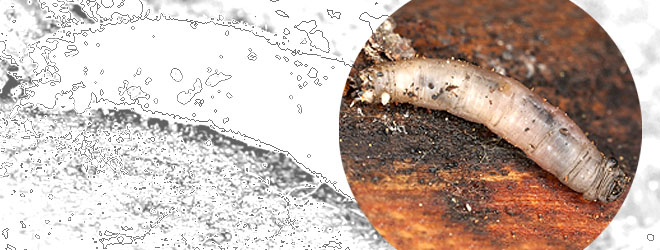Last year we had a Hayter Osprey 46 Autodrive Mower on a long term test and spent the summer months beasting grass on a variety of lawns. With its tour of duty now over, it currently lies dormant at the back of our brewing shed, enjoying a well earned winter rest between a broken cider press and a crate of Nick’s quarantined pea pod wine. Here’s our thoughts from a summer of use.
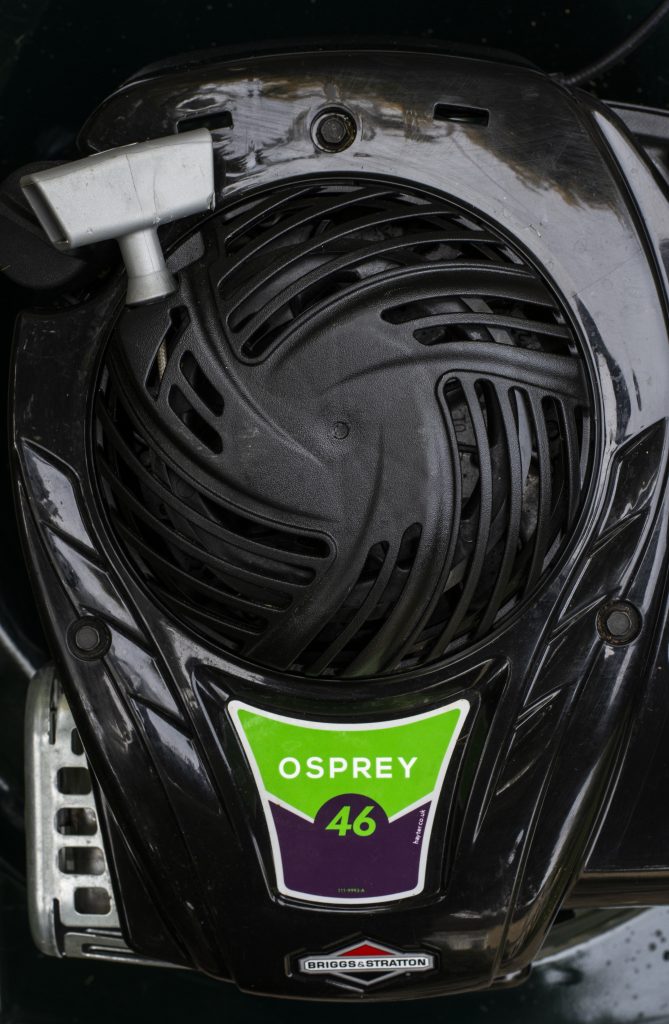
Unboxing and Assembly
The Hayter Osprey 46 arrived in a MASSIVE box that unfortunately had no handle holes to aid in its transportation. Cursing the uncooperative cardboard, I just about managed to manoeuvre the weighty package into an area I had earmarked for disembarkment without enraging my old hernia operation. Ideally you’ll want want to enlist help from a strong pal* for this task. On opening, the box revealed a packing masterclass, with every mower part carefully packed and wrapped and all potential finger slicing edges thoroughly sheathed. In most situations where self assembly is required, I tend to bypass the instructions and wade straight in and gues-emble the product in question, then get cross when nothing fits or works. In an unexpected change of habit, I decided on actually reading the instructions. Good job I did – the instructions pull no punches, stating that there is a strong chance of losing a limb if you don’t follow the safety advice. Thoroughly forewarned, I tentatively began to assemble the mower, counting and recounting my vulnerable digits as I went. As it turned out, assembly from the box was a straightforward affair, with just the simple task of fitting the handle using the bolts provided. All good.
Build Quality
The Hayter Osprey 46 is a solidly built machine, all shiny, slick and resplendent in dark racing green, with the engine housed in tough plastic casing. Flipping the unit reveals a seriously sharp cutting blade that affords a 46cm cutting width. The blade has seven levels of adjustment, allowing for a minimum grass height of 25mm up to a positively unkept 70 mm. It’s a weighty old bird, tipping the scales at 29 kg which I found made it just on the cusp of being too heavy to lift it into the boot of a car. If you are after a mower that you intend to take out for trips to mow your granny’s lawn, or planning to invest in a mower for your own small gardening business, this is certainly something to consider.**
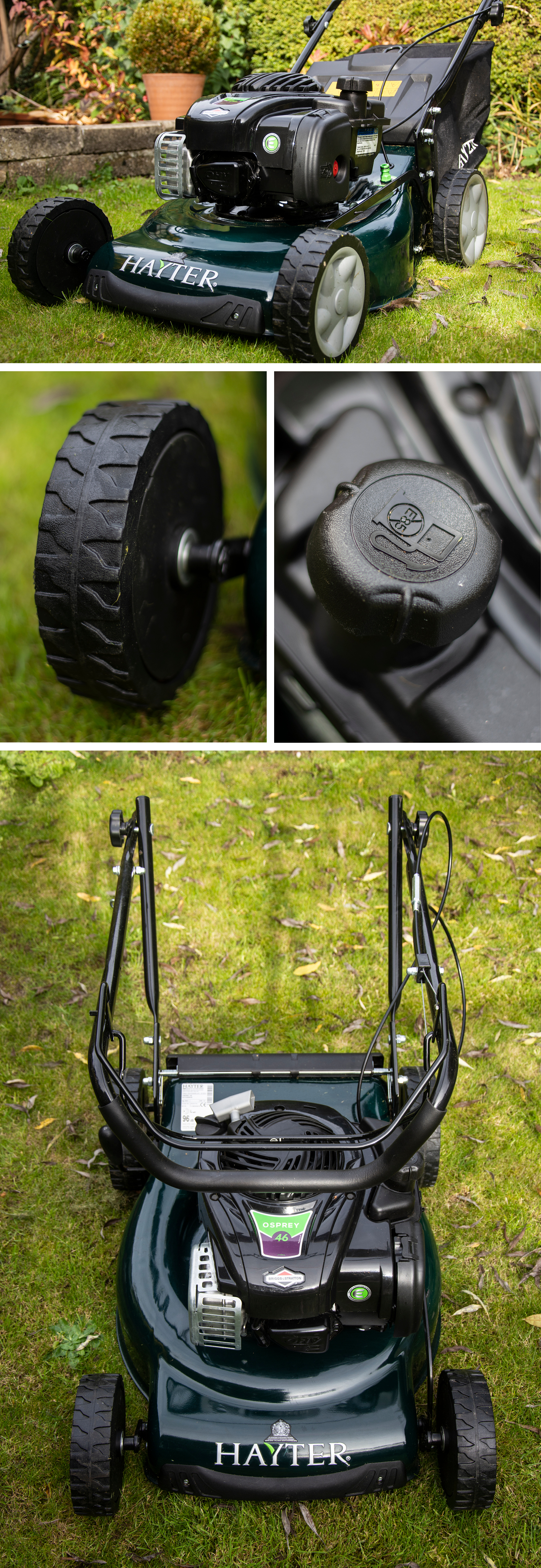
Handling and Performance
Petrol-heads will appreciate the throaty rasp you can coax from the Briggs & Stratton 500 series engine. Pump the accelerator bar! Hear it roar! Clasp the auto drive bar and the Osprey will lurch forward like one of Nick’s recalcitrant greyhounds, straining on its leash on a post breakfast / pre-poo walk. The advantages of the auto drive are subtle when mowing a level lawn, but take your hand off the assist bar – especially when mowing on an incline – and you’ll soon notice the benefits. The auto assist also comes in handy when manoeuvring the mower in awkward spaces. With a bit of practice a few gentle tweaks on the bar can help turn the mower in tight circles when you need to.
Most of our testing was conducted on long-ish, damp grass, which, in some mowers, can cause clogging, especially in the channel where the grass passes from mower to grass box. The Osprey did clog on one of the earlier test runs, but we forgivingly put this down to a particularly dense patch of moss we had just ploughed through. The grass box itself has good capacity. As a guide, a full load of grass, when emptied, will half fill a standard bin bag.
Storage
The Osprey folds down neatly. The handle can be folded in two and doubles over itself with a few twists on the handle knobs, whilst the semi-rigid grass box is an added space-saving bonus. Before bedding down your mower for the night, it’s always wise to give it a good clean. Understandably, the undersides of mowers get particularly filthy, and if left unattended, wet grass detritus can prove to be particularly bothersome to shift. The Osprey has this covered, and comes equipped with a wash port. Attach a hose to the built in nozzle, turn on the tap and then turn on the engine. Whilst this helps shift the caked clippings, it doesn’t do an immaculate job (we’d advise giving it a couple of runs through, with a bit of scrubbing in between) but certainly makes the cleanup process less painful. Oh, and make sure the mower is dry before storage. Steel mowers are rust magnets, especially around the wheel axles and areas chipped by flying stones. Run the engine for a few minutes after washing, and this will dry out the machine nicely.
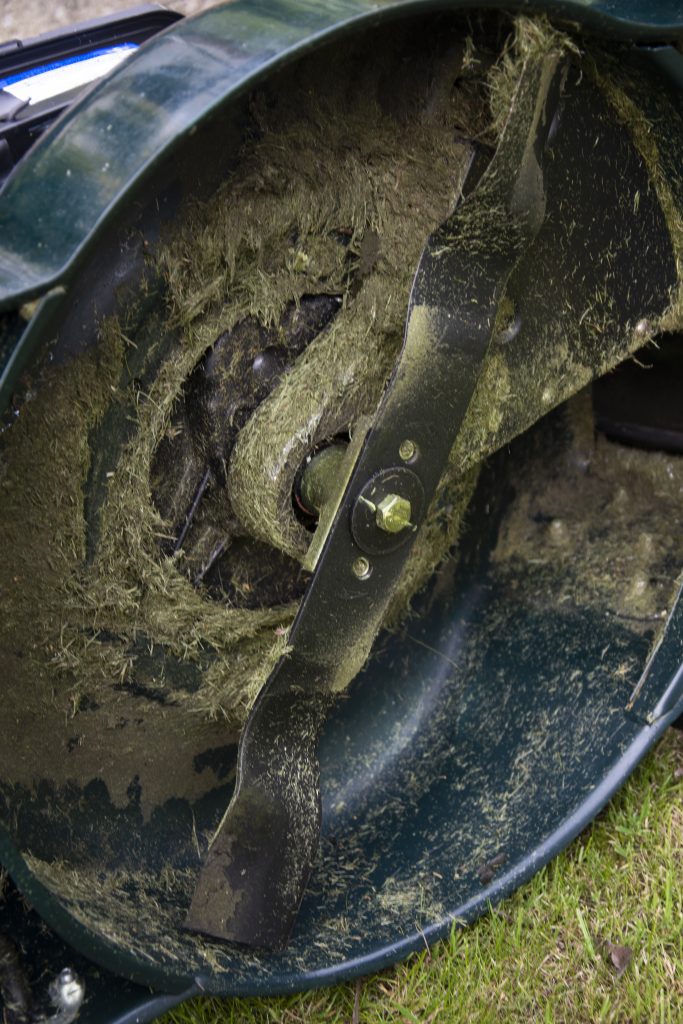
Before wash 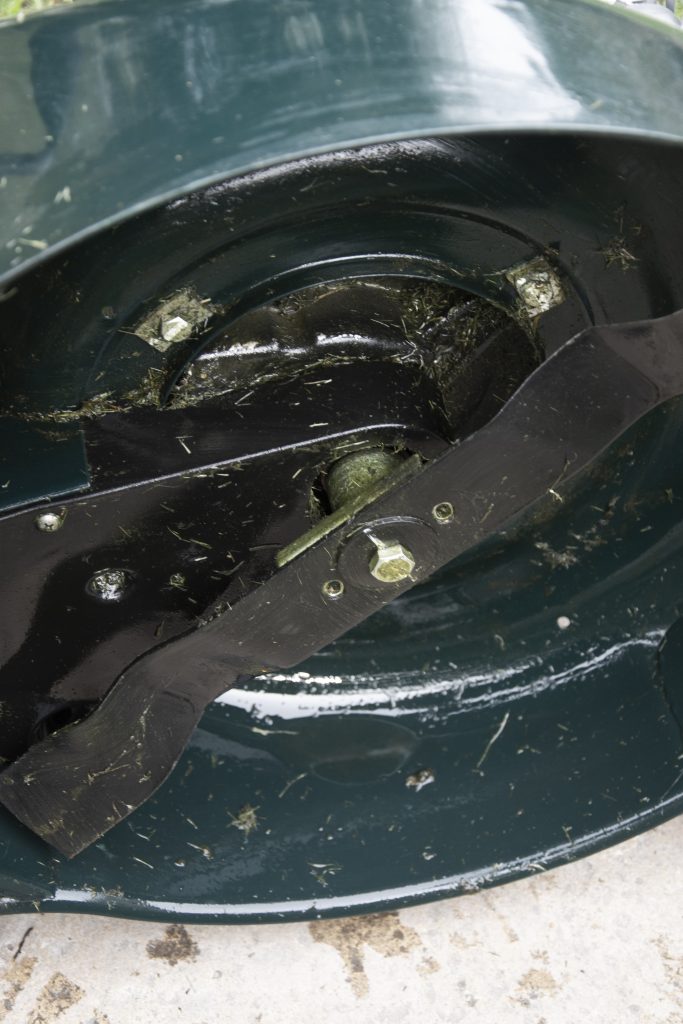
After wash
Verdict
The Osprey 46 Autodrive Lawnmower is a compact, punchy petrol mower, perfect for tackling a medium to large sized garden. The auto assist is a welcome addition, effective without feeling like you have handed over control. It’s a mower that actually managed to make mowing an enjoyable experience, which is no mean feat.
★★★★
Spec box
Model: Osprey 46 (HA 611)
Weight: 29kg
Drive: Single speed 2mph
Cutting Width: 18″ / 46 cm
Engine: Briggs & Stratton 500 Series
Engine Displacement: 140cc
Fuel: Petrol
Engine Oil: 4-Stroke (0.6l bottle included)
Cutting Height: 25 – 70 mm
Grass Bag Capacity: 55L
——————
*None of my strong friends were available at the time of mower delivery. And Nick was also busy.
** The fear of knacking my back when hoisting heavy weights such as this has led me to purchase a weightlifters belt. It’s not exactly stylish, but does the job. Lift with the legs! Keep the back straight!



